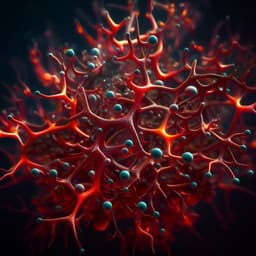
Physics
Single ion qubit with estimated coherence time exceeding one hour
P. Wang, C. Luan, et al.
This groundbreaking research conducted by Pengfei Wang, Chun-Yang Luan, Mu Qiao, Mark Um, Junhua Zhang, Ye Wang, Xiao Yuan, Mile Gu, Jingning Zhang, and Kihwan Kim reveals how a single ¹⁷¹Yb⁺ ion qubit achieved an unprecedented coherence time of about 5500 seconds. This advancement paves the way for faster and more reliable quantum memories in technological applications.
Playback language: English
Related Publications
Explore these studies to deepen your understanding of the subject.







